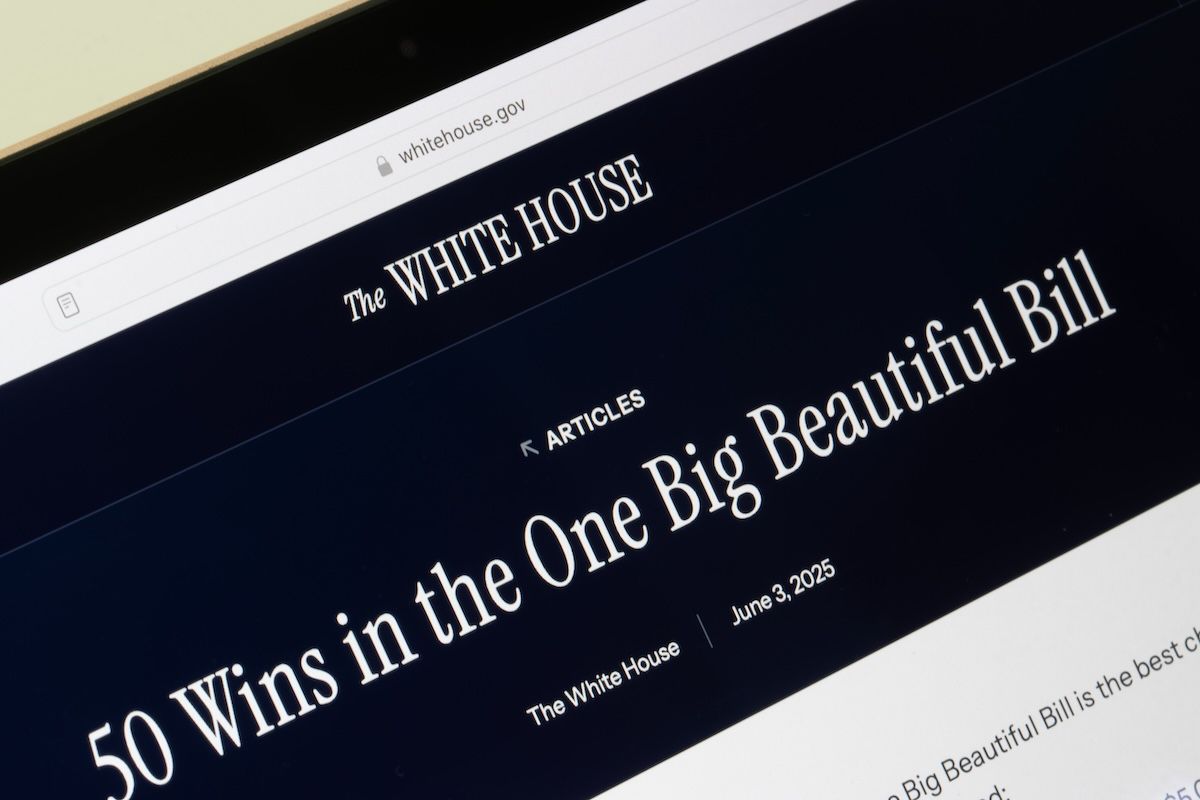The One Big Beautiful Bill Act: A New Era in American Healthcare
A Landmark Legislative Move
The One Big Beautiful Bill Act (OBBBA) is poised to reshape the American healthcare landscape significantly. According to KFF’s chief analyst, these changes mark the most substantial shifts since the Affordable Care Act (ACA). KFF President and CEO Drew Altman, PhD, along with a panel of analysts, recently held an online briefing to elucidate the implications of President Donald J. Trump and Congress’ sweeping spending plan, signed into law on July 4.
Historical Context
This isn’t the first attempt to overhaul or cut back Medicaid and the ACA. Notable efforts have been made under previous administrations, including President Ronald Reagan’s initiatives in 1981 and House Speaker Newt Gingrich’s attempts in 1996. However, according to Altman, OBBBA stands alone as the first successful attempt at dismantling these programs, making it the largest rollback in American health policy history.
The Stakes
The act, however, doesn’t directly cap new healthcare coverage; rather, it reflects a broader strategy that could lead to millions losing access to insurance. An estimated 4.2 million people could become uninsured when enhanced tax credits for ACA coverage expire at the end of 2025, pushing the total number of uninsured to 17 million by 2026.
Messaging and Public Perception
Republicans employed a “textbook” strategy to promote the Medicaid cuts wrapped in a comprehensive budget reconciliation bill. By focusing on popular rhetoric, such as work requirements for able-bodied beneficiaries, the bill attempts to mask its more complex, less favorable elements. Yet polling indicates that most Americans are aware of Medicaid and SNAP cuts, and public sentiment is generally against them. This creates fertile ground for Democrats to capitalize on these changes during upcoming midterms.
The Scale of Change
Larry Levitt, KFF’s executive vice president, highlighted the staggering implications of OBBBA. The Congressional Budget Office estimates that the legislation will cut federal health spending by over $1 trillion in the next decade, leading to an increase of 11.8 million uninsured individuals. Though most provisions don’t explicitly cut Medicaid or ACA benefits, they will have far-reaching effects.
Medicaid’s New Framework
The bill introduces a work requirement that impacts adults who were made eligible for Medicaid through ACA expansion in certain states. While most targeted individuals are either employed or exempt from this requirement, many could lose coverage due to complexities in the reporting process or more frequent renewal requirements.
Rural Health Implications
Amidst broader Medicaid cuts, the Senate version of OBBBA did include a $50 billion rural health fund intended to support community hospitals. However, as Levitt points out, this temporary measure is unlikely to fully offset the cuts that threaten the very survival of rural healthcare facilities.
Challenges with ACA Marketplaces
Changes to ACA Health Insurance Marketplaces, although less publicized, are also concerning. New income verification procedures could complicate the enrollment process, while the cessation of automatic renewals might lead to abrupt lapses in coverage for many individuals.
A Gradual Rollout
Many of the significant consequences of OBBBA won’t manifest immediately. Changes are chiefly backloaded, meaning the full effects will unfold gradually, extending beyond the midterm elections and into the next decade. Thus, Americans won’t suddenly find themselves uninsured; rather, the impact will accumulate over time, leading to a slow erosion of coverage for many.
Variability Among States
Implementation of OBBBA provisions will vary significantly across states, presenting a unique challenge for state leaders who are tasked with balancing fiscal responsibilities and healthcare needs. HHS Secretary Robert F. Kennedy, Jr. will be responsible for providing guidance on these implementation challenges, yet states will wield varying degrees of flexibility.
Future of Hospital Care
Rural hospitals have already been experiencing closures, a trend expected to continue under OBBBA. The bill’s provisions may contribute to financial strain, pushing even more facilities to the brink of closure. Levitt indicates that this potential fallout could easily become a focal point of political blame.
Transformations in ACA Insurance
The impact of this bill is extended to approximately 22 million individuals in the ACA marketplace, who may witness sharp premium increases starting January 1, 2026. The Congressional Budget Office anticipates that some will drop coverage or shift to lower-tier plans with higher deductibles.
Various Stories, Different Impacts
Ultimately, the consequences of OBBBA won’t affect all groups uniformly. Altman describes a multitude of narratives that will arise from the bill’s implementation—each telling a different tale about the challenges in accessing affordable healthcare. While some will face typical struggles, others, particularly those in rural or economically disadvantaged areas, may find their healthcare options increasingly unaffordable and inaccessible.
The OBBBA represents a watershed moment in American healthcare policy, weaving together complex narratives of potential loss and transformation within the system. As its provisions begin to take effect, the true consequences will unfold, impacting the lives of millions across the nation.


